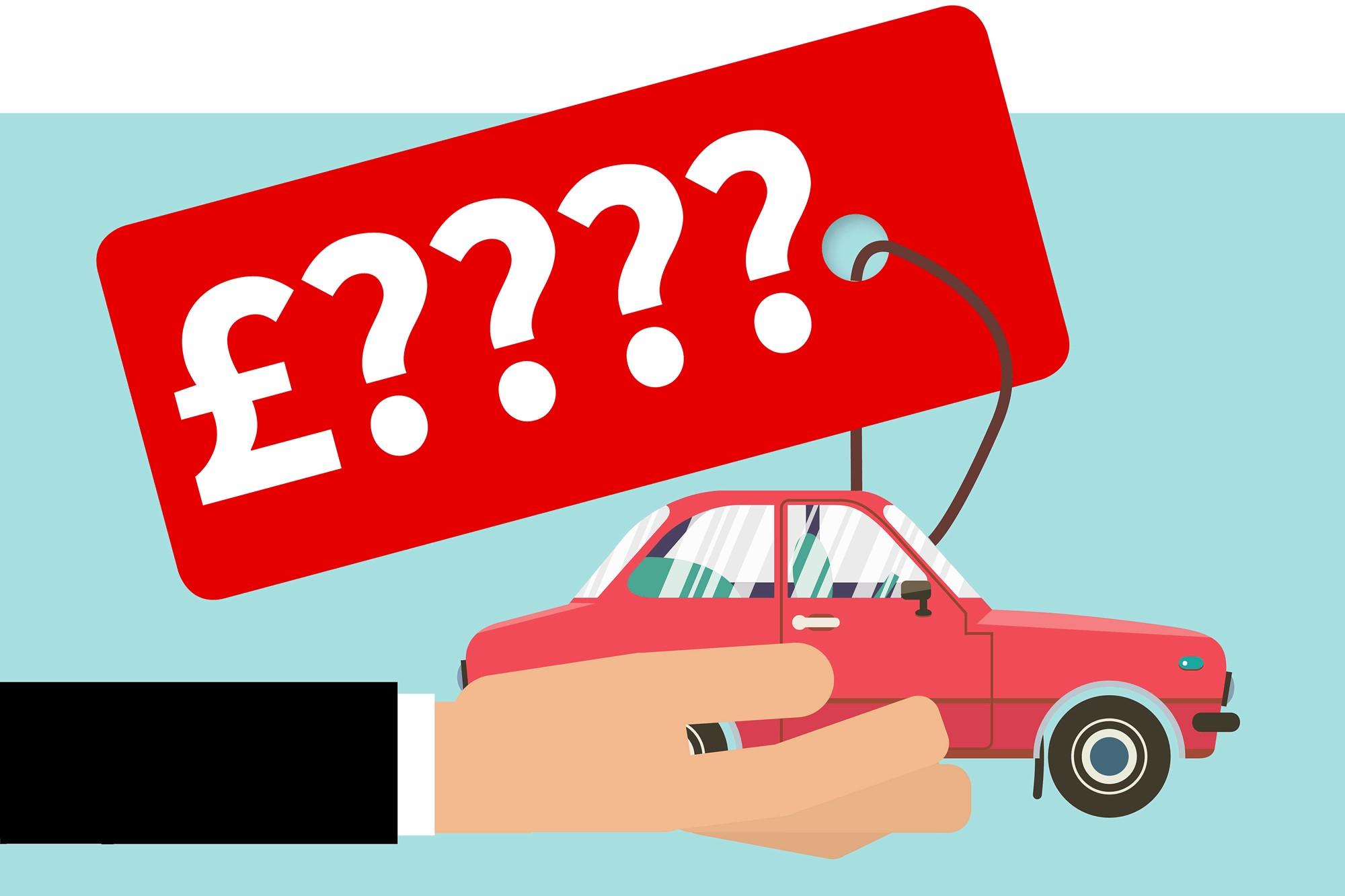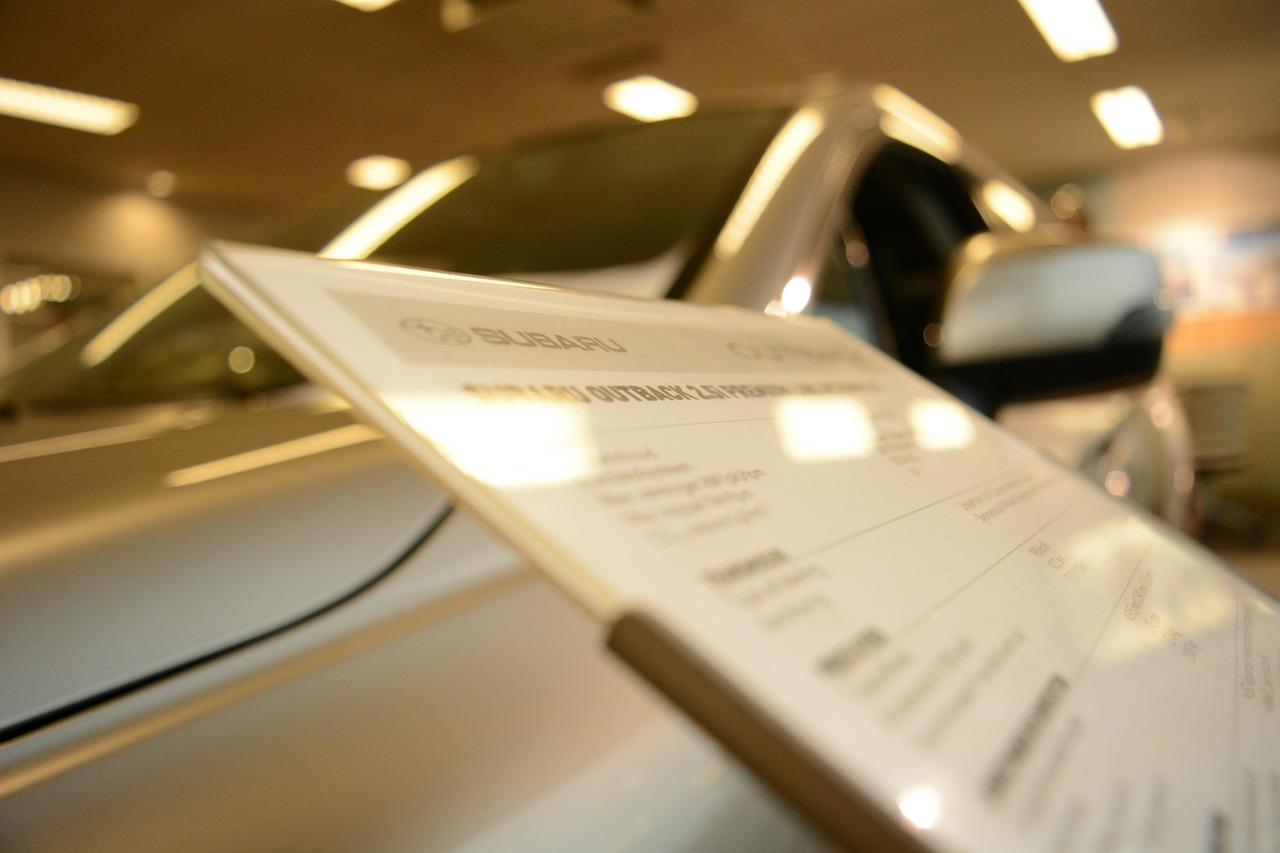In the bustling world of automotive sales,were shiny new vehicles beckon from showroom floors and the scent of fresh upholstery fills the air,one question often lingers in the minds of prospective buyers: how do dealerships arrive at the prices of the cars thay sell? This intricate process is not merely a matter of sticking a number on a window sticker; it involves a nuanced interplay of market dynamics,demand fluctuations,and detailed analyses of both costs and consumer behavior. As we navigate the road to understanding vehicle pricing,we will explore the various factors that influence dealership pricing strategies,shedding light on the delicate balance between profitability and customer satisfaction. Whether you’re a seasoned car enthusiast or a first-time buyer, this inquiry into the pricing puzzle promises valuable insights that can enhance your next automotive adventure.
Understanding the Cost structure Behind Car Pricing
Car pricing is a complex interplay of various factors that significantly influence the final cost paid by consumers. Dealerships consider both fixed and variable costs when determining the price of their vehicles. Fixed costs include expenses such as rent, salaries, and overhead operational costs, while variable costs involve things like car acquisition pricing, shipping, and marketing efforts.Beyond these costs, dealerships frequently enough conduct market analysis to understand the competition, tapping into local demand and unique market insights to stay competitive.
To break down these considerations further, dealerships typically account for:
- Vehicle-specific Factors: Features, model year, and brand reputation.
- Market Dynamics: Current trends, demand fluctuations, and competitor pricing.
- trade-in Values: Assessing the value of a customer’s trade-in for negotiation.
- Profit Margins: Desired earnings after all expenses, crafted through strategic price setting.
An insightful look at average pricing might include a simple comparison table, reflecting variations across models, brand strategies, and regional differences:
| Brand | Average Price ($) | Market Positioning |
|---|---|---|
| Toyota | 28,000 | Mid-range, strong reliability |
| Mercedes | 50,000 | Luxury, premium features |
| Ford | 30,000 | Versatile, mass-market appeal |

Evaluating Market Trends and Competitor Strategies
In the ever-evolving automotive market,dealerships constantly monitor various market trends to determine optimal pricing strategies. Key factors influencing these trends include:
- Consumer Demand: Shifts in consumer preferences, such as a rising interest in electric vehicles (EVs), can impact the prices of traditional combustion-engine vehicles.
- Seasonality: Certain times of the year may trigger fluctuations in car values, with dealerships often adjusting prices based on high-demand periods, such as tax season or holiday promotions.
- Economic Indicators: Factors like unemployment rates and GDP growth give insights into consumer spending capacity,directly affecting car demand and,consequently,pricing.
In addition to monitoring market trends, dealerships maintain a keen eye on competitor strategies to ensure competitiveness.They assess various aspects, including:
- Pricing Models: Evaluating how competitors price similar vehicles helps dealerships formulate more attractive deals.
- Promotional Offers: Active campaigns like cashback incentives or financing deals can influence pricing strategies as dealerships aim to match or beat competitors.
- Inventory Levels: keeping track of competitor stock helps dealerships identify opportunities to adjust pricing based on supply and demand.
| Factor | Influence on Pricing |
|---|---|
| Market Demand | High demand drives prices up. |
| Competitor Pricing | Competitive prices can force adjustments. |
| Seasonal Trends | Prices may fluctuate based on the time of year. |

The Role of Vehicle Condition and Mileage in Valuation
When it comes to assessing the value of a vehicle,dealerships place important emphasis on its condition and mileage. A car that shows signs of wear and tear or has extensive cosmetic damage can command a lower price than one that has been meticulously maintained. Exterior features such as scratches, dents, and paint quality can affect perceived value. Similarly, interior conditions including upholstery wear or cleanliness also play a crucial role. Dealerships typically inspect various aspects such as:
- Engine performance
- Transmission smoothness
- Tire health
- Brake functionality
Mileage is another vital factor that dealerships consider in their valuation processes. Generally, lower mileage translates to less wear on the vehicle, leading to a higher resale value. Dealers often reference average annual mileage—typically around 12,000 miles—as a benchmark. Cars exceeding this figure might be viewed as high mileage and therefore depreciated more aggressively. To illustrate this concept, consider the table below which outlines average vehicle values corresponding to different mileage brackets:
| Mileage Range | Typical Value Adjustment (%) |
|---|---|
| Under 20,000 miles | +15% to +25% |
| 20,001 – 50,000 miles | 0% to +10% |
| 50,001 - 100,000 miles | -10% to -20% |
| Over 100,000 miles | -25% or more |

recommendations for negotiating Your Best Price
When stepping onto a dealership lot, itS crucial to be prepared to negotiate effectively. First, do your homework by researching market prices for your desired vehicle. Websites like Kelley Blue Book and Edmunds can provide valuable insights into fair prices based on factors like make,model,year,and mileage. Equip yourself with this data so that you can enter negotiations confidently, armed with specific details that supports your target price. Additionally,consider timing your purchase strategically—car dealerships often have monthly or quarterly sales targets,making them more willing to negotiate at the end of the month or during holiday sales.
Understanding the dealership’s outlook can also empower your negotiations.Keep in mind the following tips:
- Be aware of the dealership’s costs, including acquisition fees and overhead.
- Highlight your readiness to walk away if your needs aren’t met; this shows that you’re serious.
- Be polite but firm, and always remain open to alternatives, such as financing options or dealer add-ons.
In some cases, it may be beneficial to get pre-approved for a loan at a bank or credit union before approaching the dealership. This not only gives you clarity on your budget but also strengthens your negotiating position by providing a benchmark for interest rates.
concluding remarks
As we steer to the conclusion of our exploration into how dealerships determine car prices, it becomes clear that the process is anything but straightforward. From manufacturer incentives and market demand to the intricacies of local competition and economic trends, a tapestry of factors weaves together the final price tag on your next vehicle. each dealership crafts its pricing strategy with a blend of art and science, striving to strike a balance between profitability and customer appeal.So, the next time you find yourself browsing the expansive rows of gleaming cars, remember that behind every price is a carefully orchestrated dance of data and dynamics. Let this knowledge empower you as you navigate the world of automotive purchasing, making informed decisions with every turn. Because understanding the mechanics of pricing isn’t just about numbers—it’s about gaining the upper hand in a marketplace that’s as lively and dynamic as the cars it offers. Happy car shopping!
